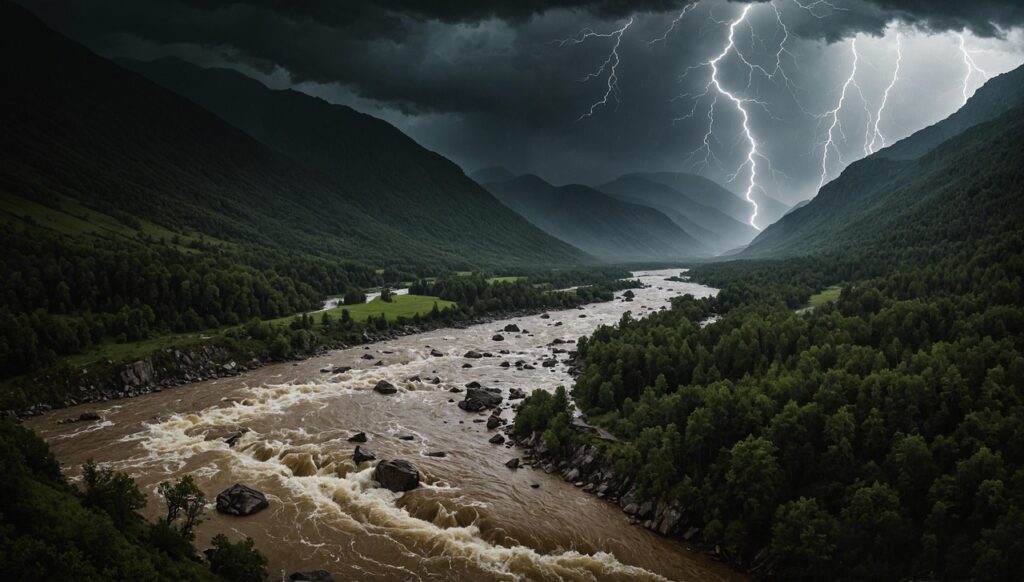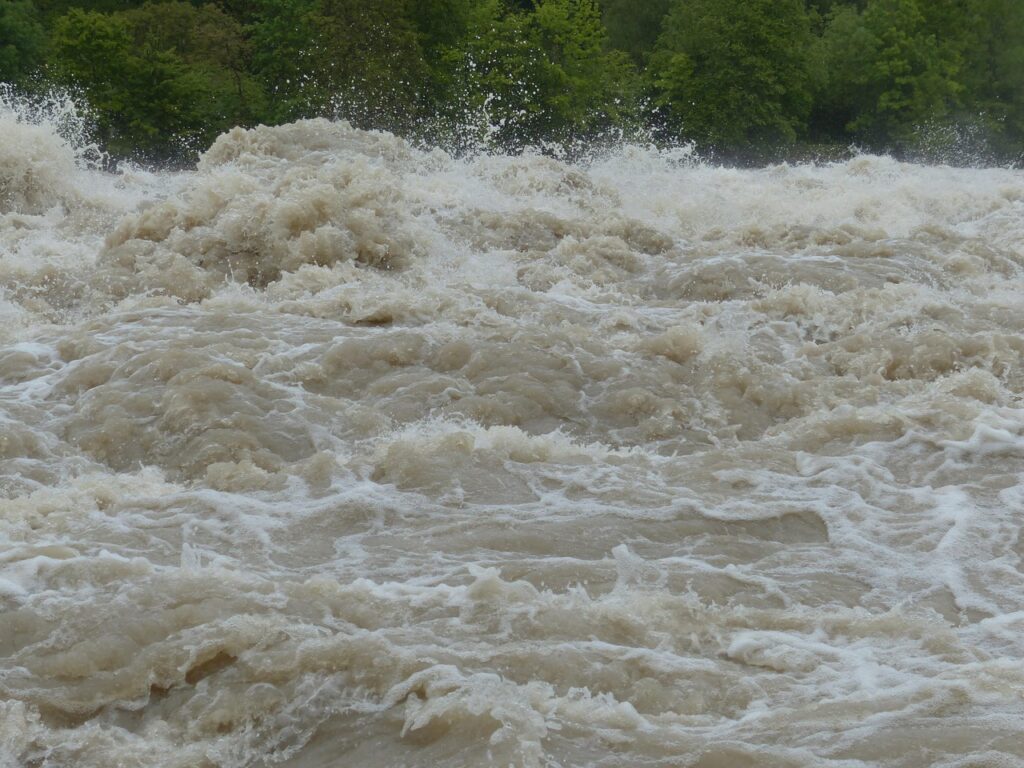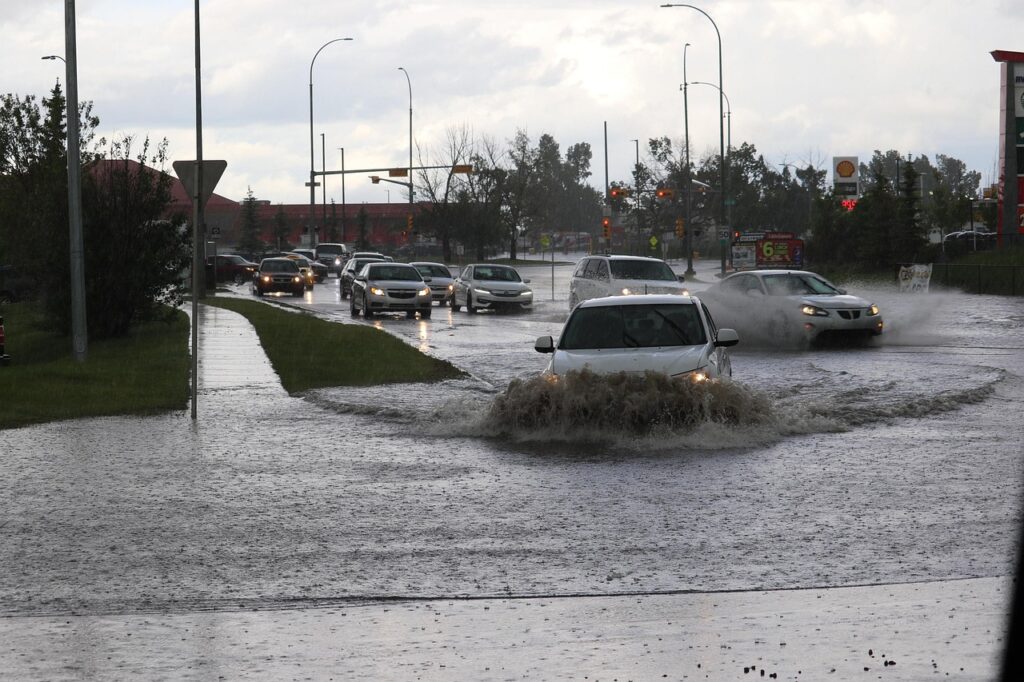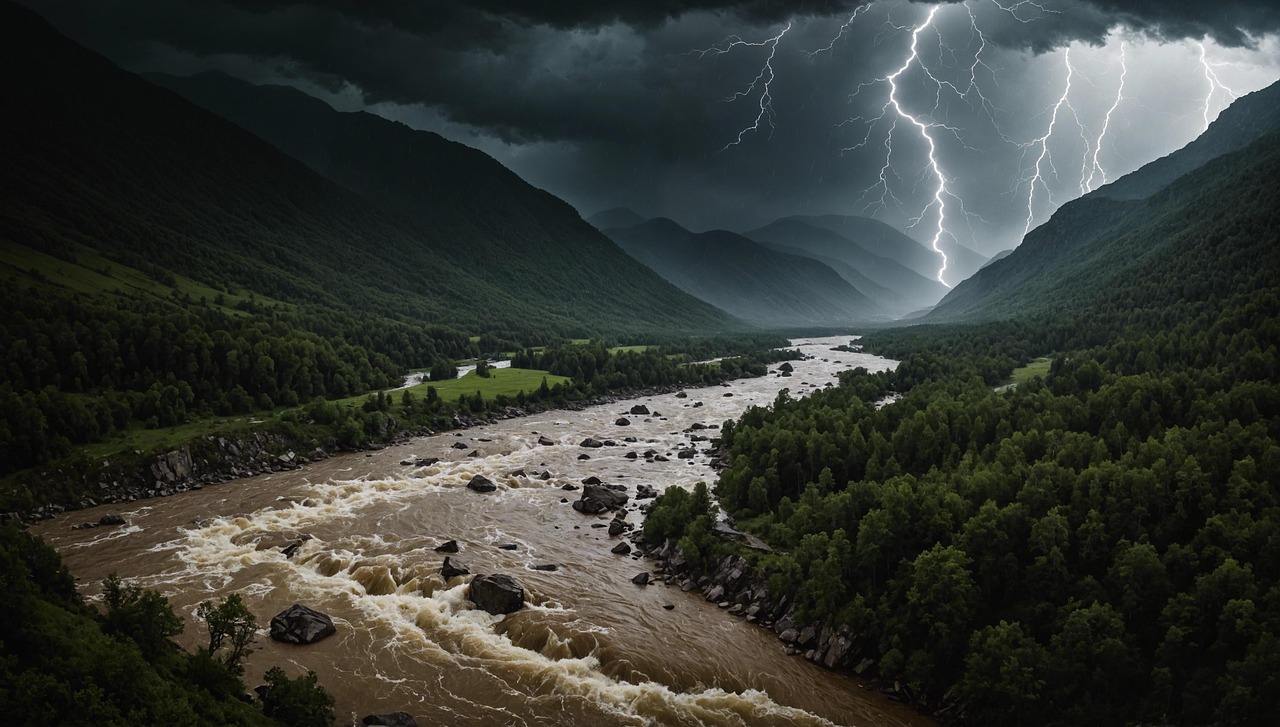A devastating flood crisis has struck parts of southwest China, where 80 thousand people flee homes following days of unrelenting heavy rain. Streets have disappeared beneath water, bridges have collapsed, and entire communities have been forced to evacuate. The destruction has left thousands without shelter, and the threat of more rainfall looms in the forecast.

This emergency has shocked the region, as fast-moving water engulfed neighborhoods with little warning. Rescue efforts are ongoing, and the government has launched a massive operation to protect lives and restore order.
Table of Contents
80 Thousand People Flee Homes as Floodwaters Spread Across Provinces
The rain started gradually, but it didn’t take long before panic set in. Within hours, rivers overflowed and floodwaters surged into residential areas, forcing people to leave everything behind. 80 thousand people flee homes across Guizhou and Guangxi provinces, many carrying nothing but what they could hold in their arms.
Entire blocks are now submerged. In some towns, only rooftops can be seen above the murky water. Videos captured heartbreaking moments—families climbing onto balconies, waiting for help as the water rose around them. Local rescue teams, boats, and even helicopters were deployed to move people to higher ground.
Authorities have opened emergency shelters in schools and public buildings, but the scale of the disaster is stretching resources. Food, clean water, and blankets are being rushed in, yet thousands remain in urgent need.
Why 80 Thousand People Flee Homes: Broken Infrastructure and Climate Stress
It’s no longer unusual for parts of China to experience flooding during the rainy season. But this time, the scale and speed of the flood caught many off guard. Experts believe that poor drainage in overbuilt urban areas made the situation worse. As 80 thousand people flee homes, questions are being asked about the region’s flood readiness.

In many areas, early warning systems either failed or came too late. Families reported receiving alerts only minutes before water entered their homes. Some were asleep when the flood hit and barely escaped.
Adding to this is the broader issue of climate change. Meteorologists warn that rising global temperatures are making storms more intense and unpredictable. When more rain falls in less time, rivers and dams can’t hold the excess — and the results, as seen now, can be catastrophic.
Stories of Courage Amid Disaster
While fear and destruction dominate headlines, there are also countless stories of courage. Volunteers, neighbors, and complete strangers came together to help one another. People used ropes, ladders, and even makeshift rafts to rescue those trapped by the flood.
One young boy was praised for guiding his elderly grandmother through waist-high water to a nearby rescue station. Another man helped carry stranded children on his back for over a kilometer. As 80 thousand people flee homes, the strength of community spirit is proving just as powerful as the flood itself.

Relief workers continue to reach remote villages, some of which were completely cut off. Doctors and nurses have been dispatched to provide care in crowded shelters. The immediate focus is on survival, but recovery and rebuilding will take much longer.
Conclusion
It is deeply troubling that 80 thousand people flee homes due to floods that, in many ways, could have been less damaging with better preparation. This disaster shines a light on the urgent need for stronger infrastructure, better forecasting, and smarter urban planning.
As the water slowly recedes, the road ahead will be difficult. Homes have been destroyed, farmland has been ruined, and memories have been washed away. Yet the resilience shown by people in the face of disaster offers hope. With help, they will rebuild — and perhaps, be better prepared the next time nature strikes.
Do Follow for daily news.
